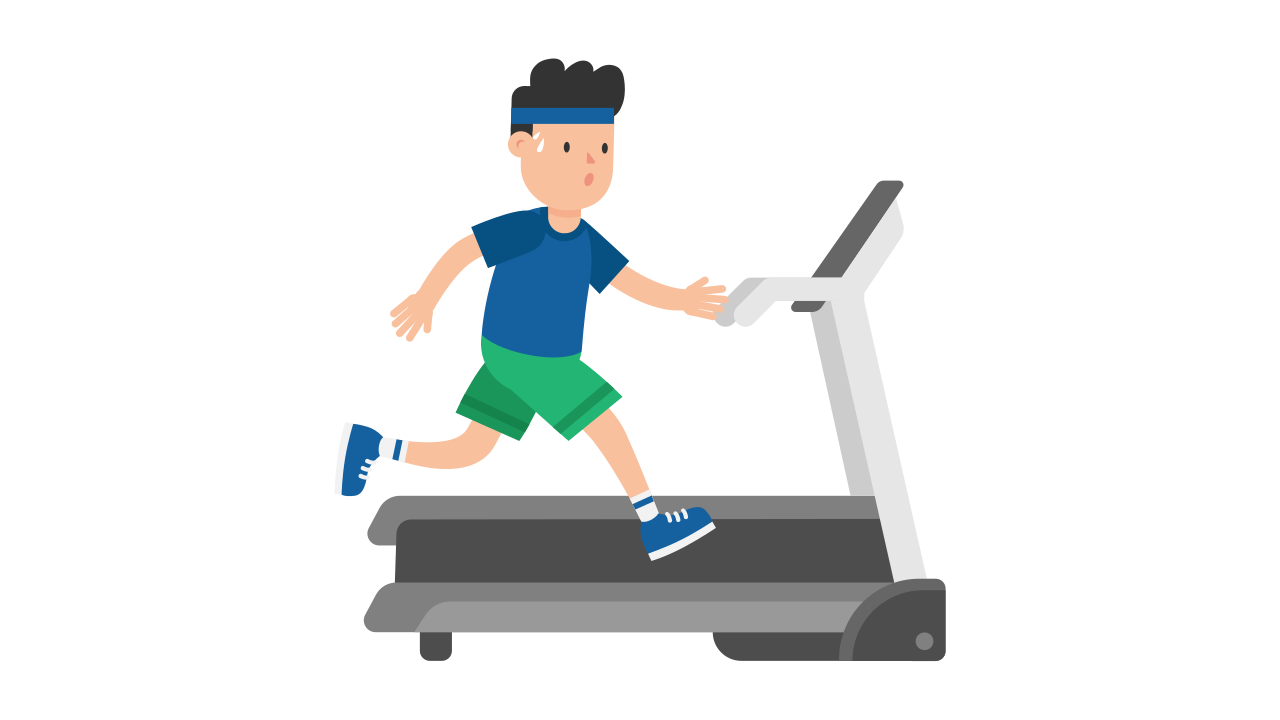Masterclass in Muscle Activation for Personal Trainers
Masterclass in Muscle Activation for Personal Trainers
Blog Article

In the ever-evolving world of fitness, personal trainers are continually seeking ways to enhance their clients' performance and results. One innovative approach gaining traction is Muscle Activation Techniques, or MAT. This specialized training method focuses on improving muscle function, increasing strength, and preventing injuries by addressing muscle imbalances and optimizing neuromuscular efficiency.
For personal trainers, understanding and implementing these techniques can transform their training sessions, making them more effective and tailored to individual needs. By mastering muscle activation methods, trainers can not only ensure safer workouts for their clients but also contribute to faster recovery and better overall fitness outcomes. Embracing this knowledge empowers trainers to bring a new dimension to their practice and helps clients achieve their health and fitness goals more effectively.
Understanding Muscle Activation Techniques
Personal Trainer for Injuries
Muscle Activation Techniques, or MAT, are specialized methods designed to improve muscle function and overall movement patterns. These techniques focus on identifying and correcting muscular imbalances that may lead to dysfunction and injury. By targeting specific muscles through precise activation strategies, personal trainers can help clients achieve better performance and prevent potential issues in their training.
In practice, Muscle Activation Techniques involve assessing each client's unique movement patterns and identifying areas of weakness or tightness. This assessment informs targeted activation exercises that promote proper muscle engagement. Personal trainers can incorporate these techniques into their sessions to enhance their clients' effectiveness and efficiency during workouts. Not only do these methods help in increasing strength, but they also foster a deeper connection between the client and their body.
The integration of Muscle Activation Techniques into personal training creates a more comprehensive approach to fitness. Trainers who are knowledgeable in these methods can tailor programs that not only build muscle but also educate clients on how to maintain optimal movement quality. This holistic view of training emphasizes the importance of active and healthy muscles, resulting in improved overall physical health and performance.
Implementing Techniques in Personal Training
Incorporating muscle activation techniques into personal training sessions can significantly enhance client results. Personal trainers should begin by assessing the specific needs of each client to determine which muscles require activation. This assessment might involve observing clients during basic movements to identify any imbalances or weaknesses. By understanding the client's body, trainers can select appropriate activation exercises that target underactive muscles, preparing them for more complex movements.
Once the muscle activation techniques are chosen, trainers should focus on teaching the correct execution of these exercises. Cueing clients effectively is crucial to ensure they perform each movement with proper form and intention. It’s essential to emphasize the mind-muscle connection, encouraging clients to concentrate on the specific muscles being activated. This not only maximizes the effectiveness of the activation but also helps clients develop a better understanding of their bodies, fostering long-term progress.
As clients become more aware of their muscle activation, personal trainers can integrate these techniques into their regular workout routines. This integration can include starting sessions with activation exercises or embedding them within strength training programs. By consistently reinforcing the importance of muscle activation, trainers can enhance overall performance, reduce the risk of injuries, and promote a more balanced muscular development in their clients.
Evaluating Client Progress and Results
Evaluating client progress is a vital aspect of personal training that ensures clients are on the right path towards their fitness goals. By using muscle activation techniques, trainers can more accurately assess how well clients are engaging their target muscles during workouts. Regular assessments, such as strength tests, flexibility measurements, and movement screenings, can help identify improvements and areas needing additional focus. Keeping detailed records of these assessments allows for a clear comparison over time, showcasing the effectiveness of the training program.
Client feedback is equally important when evaluating progress. Engaging in consistent communication with clients about their experiences and how they feel during exercises can provide valuable insights. Clients might notice changes in strength, endurance, or overall well-being that may not be immediately evident through physical measurements alone. This qualitative data can help trainers make informed adjustments to the program, ensuring each client remains motivated and engaged in their fitness journey.
Lastly, celebrating milestones and progress, no matter how small, plays a crucial role in maintaining client motivation. Acknowledging improvements in muscle activation and overall performance fosters a positive training environment. It is essential for trainers to create strategies to not only track physical improvements but also to highlight the psychological benefits, such as increased confidence and motivation. By doing so, trainers can build stronger relationships with their clients, ultimately leading to sustained success and adherence to their fitness programs.
Report this page